
The Ultrasound Workshop
For Nurse Practitioners, Physician Assistants, and Physicians

Live In-Person Event
Online Self-Study

Orlando, Florida, USA

14 CME
The Ultrasound
Workshop
Description and Explanation
The Ultrasound Workshop
NOW INCLUDES: The ONLINE Lectures for the same LOW Price. (for a limited time only)
That way you can prep on all the content before you attend. And get the most out of our highly, interactive lectures.
Our highly-rated, one-day ULTRASOUND ONLY program includes the ins and outs of clinical point of care ultrasound. Instructors include physicians, physician assistants, and RDMS certified ultrasonographers. Learn and practice clinical ultrasound on live models. Limited spots available.
14 CME/CE Hours | 10 Emergency Procedure Hours | 1.5 Pharmacology Hours
All CME credits are awarded in enduring format within the included Clinical Toolkit. Live program attendance is not required to earn credits. The live program allows you to master hands-on procedures included in the online content.
| Included with Purchase | Value |
|---|---|
| The live Ultrasound Course | $1095 |
| 1 Year Access to all Videos and Slides | $795 |
| 1 Year Access to the Clinical Toolkit | $150 |
| TOTAL VALUE |
SIGN UP NOW FOR $1095
Sign up EARLY and save $100 ($995)!
Ultrasound + Skills and Procedure Workshop

Description and Explanation
The Ultrasound, Skills, and Procedure Workshop
NOW INCLUDES: The ONLINE Lectures for the same LOW Price. (for a limited time only)
That way you can prep on all the content before you attend. And get the most out of our highly, interactive lectures.
This option combines our 1-day ultrasound course with our 2-day clinical skills and procedure workshop for a 3-day conference experience. Perfect for anyone practicing Emergency Medicine, Urgent Care, Acute Care, or Critical Care medicine!
33 CME/CE Hours | 20.5 Emergency Procedure Hours | 4.5 Pharmacology Hours
All CME credits are awarded in enduring format within the included Clinical Toolkit. Live program attendance is not required to earn credits. The live program allows you to master hands-on procedures included in the online content.
| Included with Purchase | Value |
|---|---|
| The Live Ultrasound Course | $1095 |
| The 2-Day Workshop | $1895 |
| 1 Year Access to all Videos and Slides | $1890 |
| 1 Year Access to the Clinical Toolkit | $150 |
| Suture Simulator, Instruments, Tote Bag, and Course Book | $170 |
| TOTAL VALUE |
SIGN UP NOW FOR $2595
Sign up EARLY and save $300 ($2295)!
The Ultrasound ONLINE Workshop

Self-Study Option
Included with Live Workshop
Description and Explanation
The Online Ultrasound Workshop
This self-study program includes the same material taught in the live In-Person Event, but without the hands-on component. It is included with all Live programs and can be purchased by itself to learn at your own pace.
10 CME/CE Hours | 8.5 Emergency Procedure Hours | 1.5 Pharmacology Hours
| Included with Purchase | Value |
|---|---|
| The Online Ultrasound Course | $895 |
| 1 Year Access to the Clinical Toolkit | $150 |
| TOTAL VALUE | $1045 |
SIGN UP NOW FOR $595
Click here to see the Ultrasound Workshop AGENDA
Day 1 Morning
8:00 am


Introduction to Ultrasound
- Ultrasound Physics
- Probe functions and types
- Methods of scanning (sliding, rocking, other movements and techniques)
- Probe Settings (depth, “knobology”)
- Hand movements and dexterity

Abdominal Ultrasound
- Aorta (all views, normal anatomy, pathology)
- Biliary Quadrant (gallbladder, stones, techniques)
- Kidney (hydronephrosis, pyelonephritis)
- Trans-abdominal Pelvis
- HANDS ON
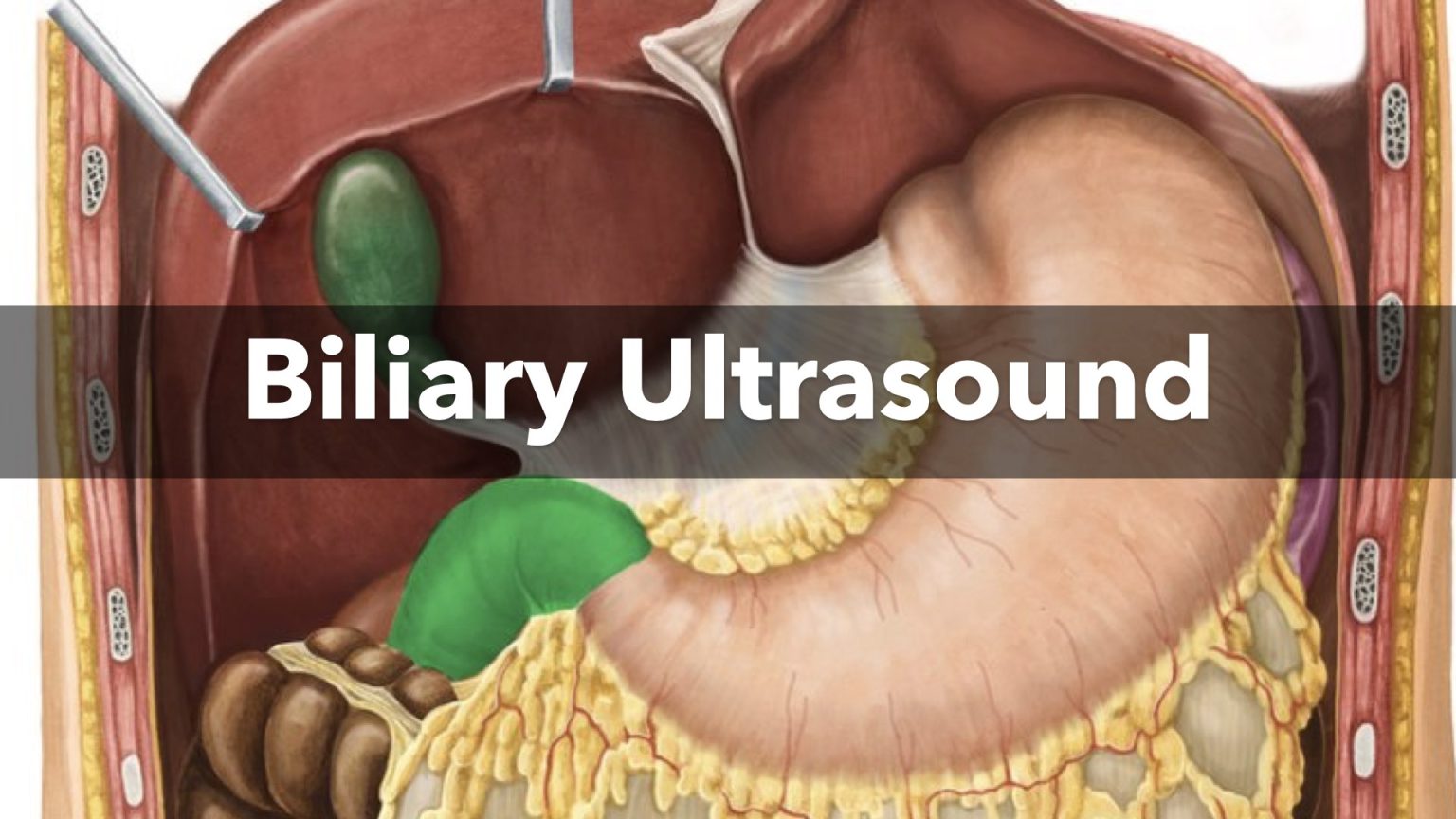
Biliary Ultrasound
- Anatomy identification
- Bile duct, gallbladder, liver, and more
- Common pathologic findings
- HANDS ON
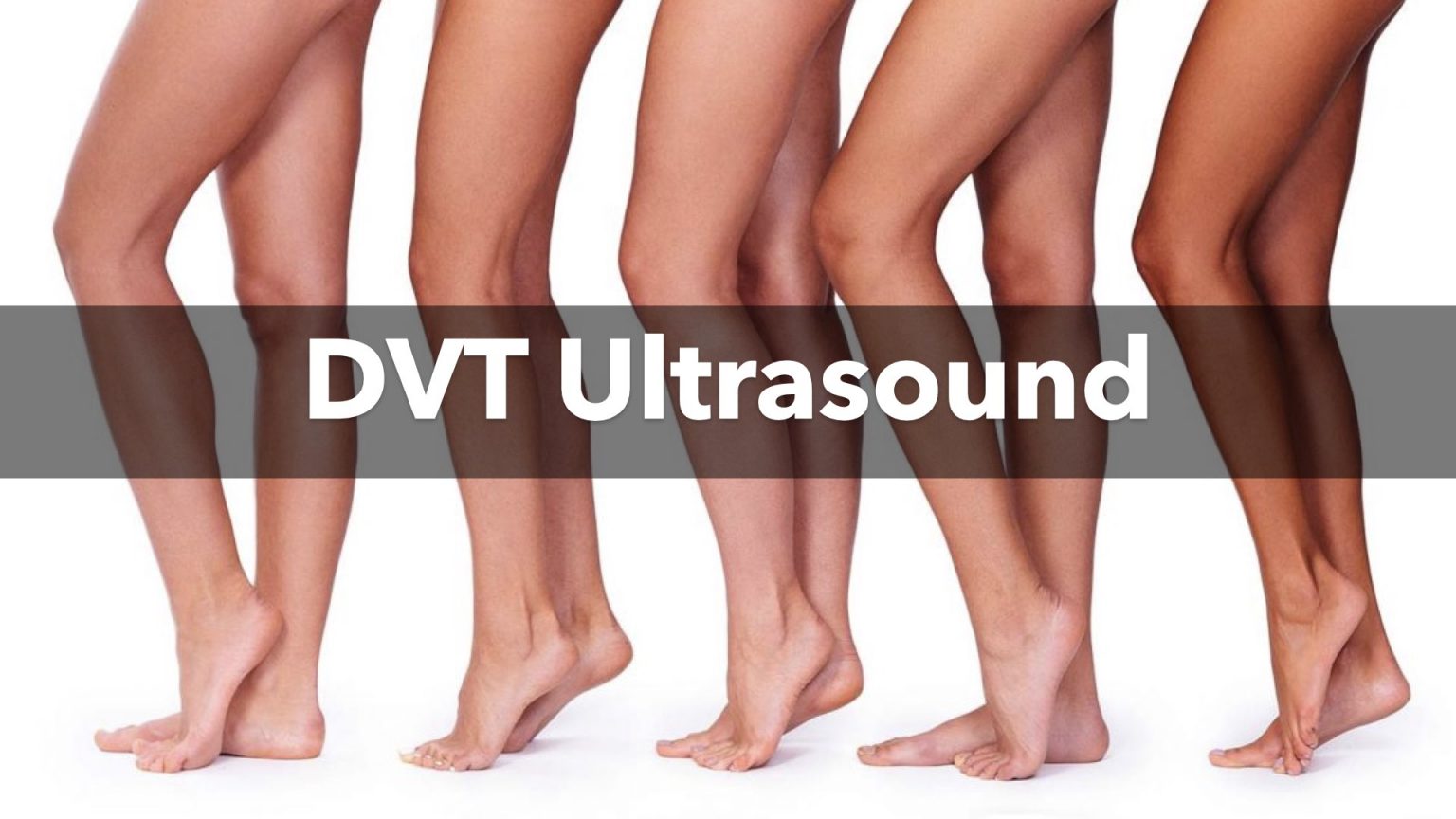
DVT Ultrasound
- Application of Duplex imaging
- Lower extremity venous doppler scanning
- Testing compression and flow
- HANDS ON

eFAST Ultrasound
- eFAST exam
- Right upper quadrant imaging
- Left upper quadrant imaging
- Bladder Imaging
- Cardiac Imaging
- Lung Imaging
- HANDS ON
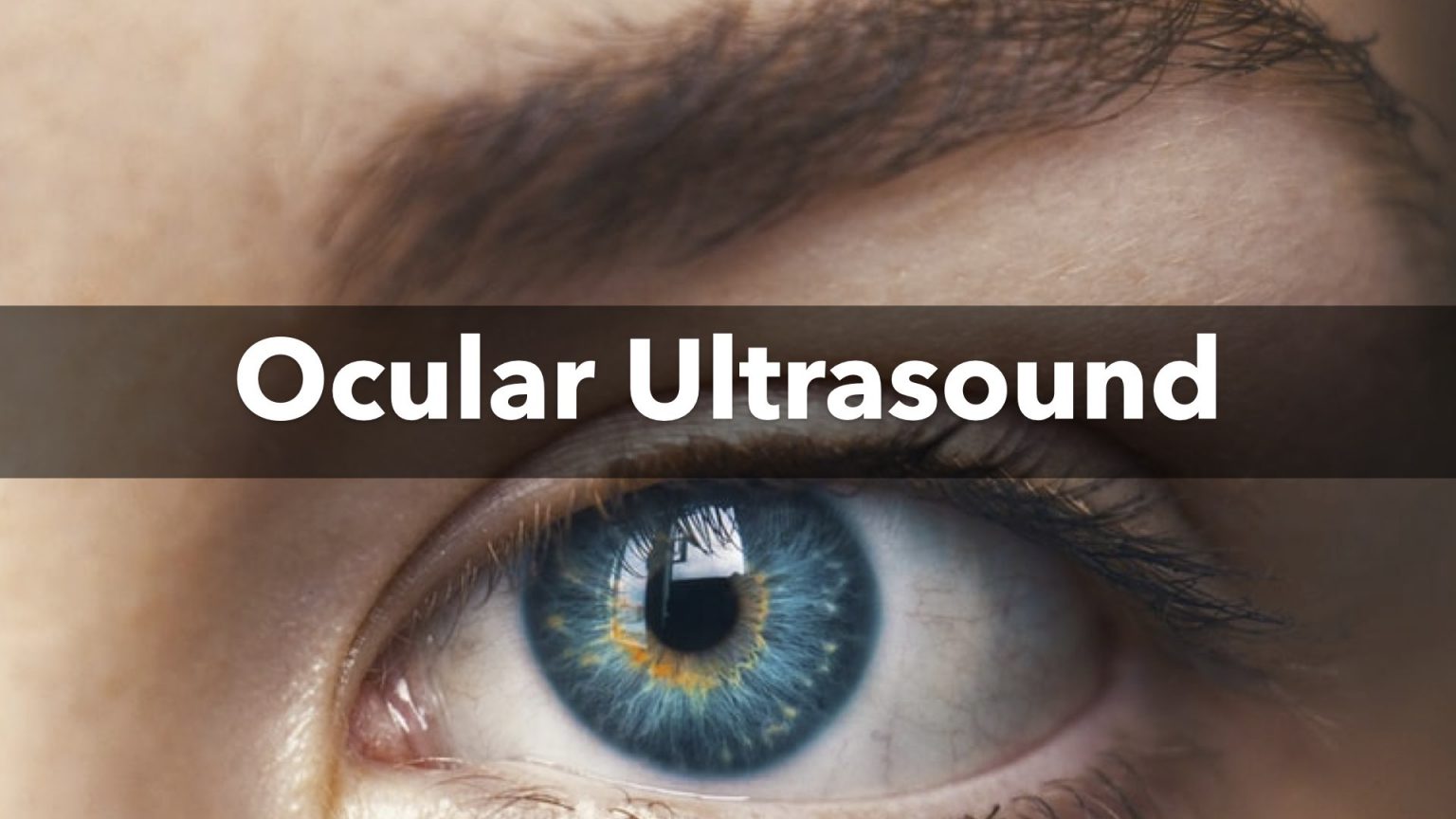
Ocular Ultrasound
- Application of a standoff pad
- Correct technique and normal anatomy
- Lens dislocation and retinal detachment
- HANDS ON
Day 1 Afternoon
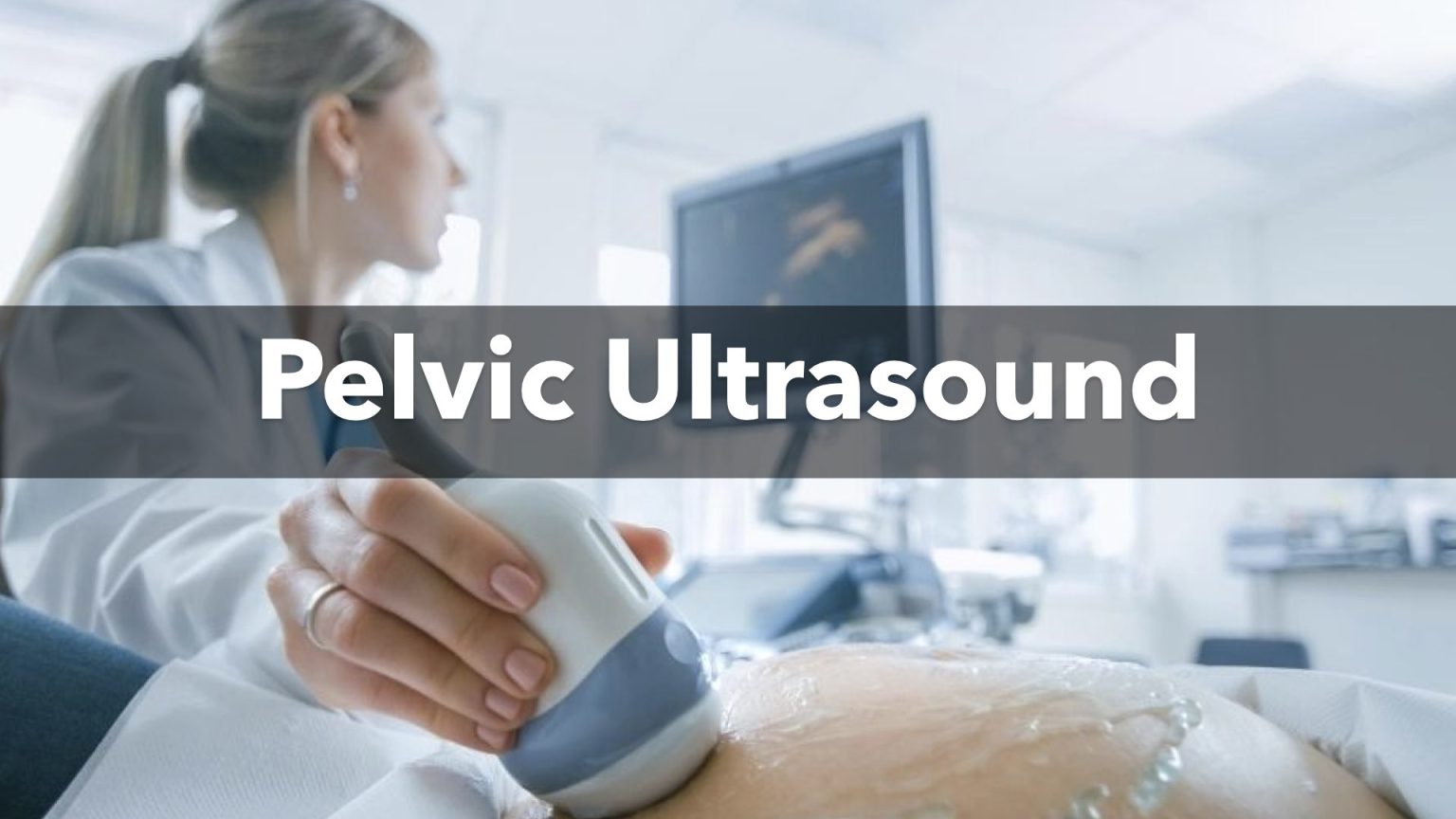
Pelvic Ultrasound
- Transabdominal method
- Normal anatomy and locations
- Discussion of abnormal findings
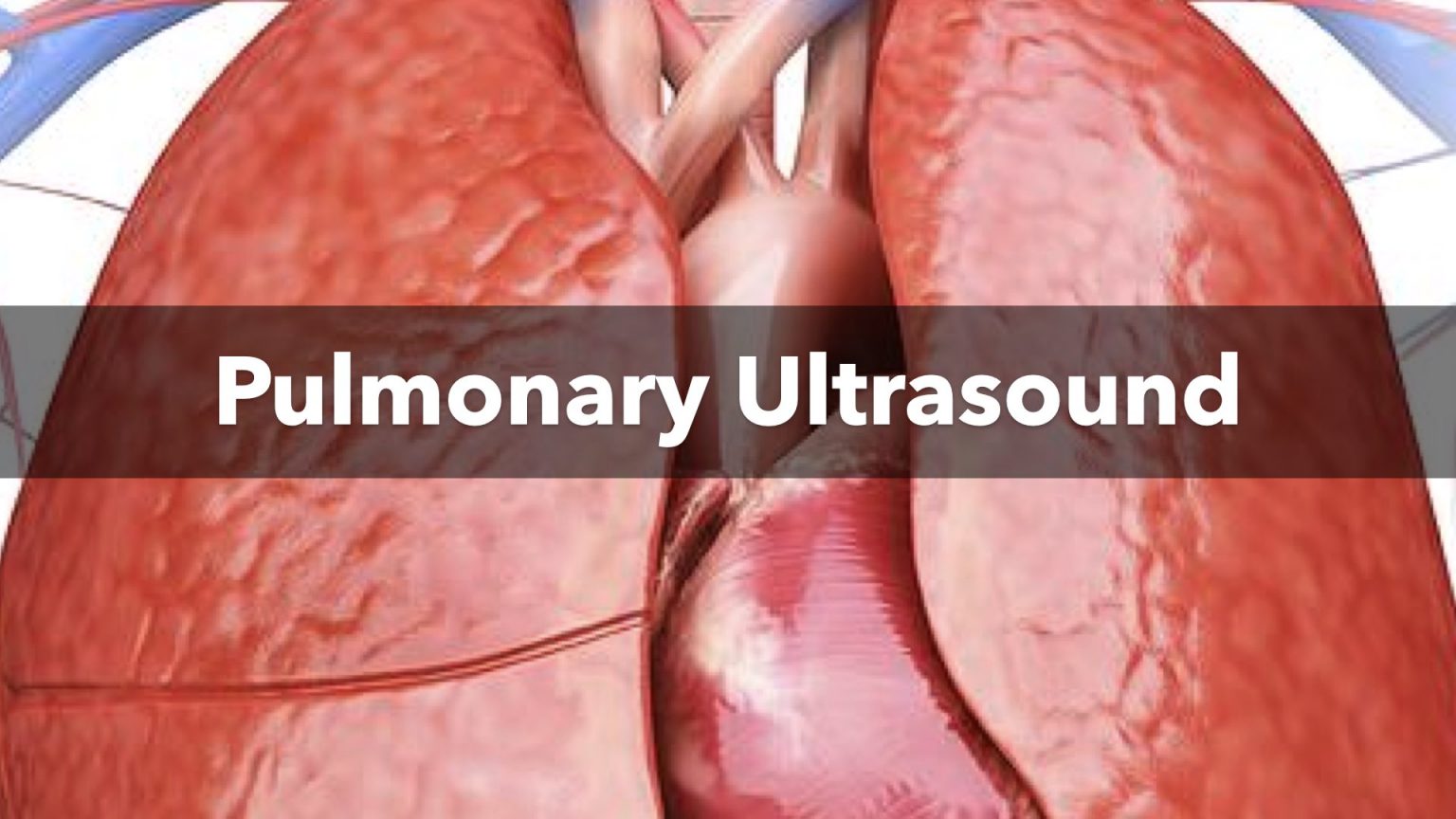
Pulmonary Ultrasound
- Scanning locations and technique
- Probe depth
- Normal and Abnormal Findings
- HANDS ON
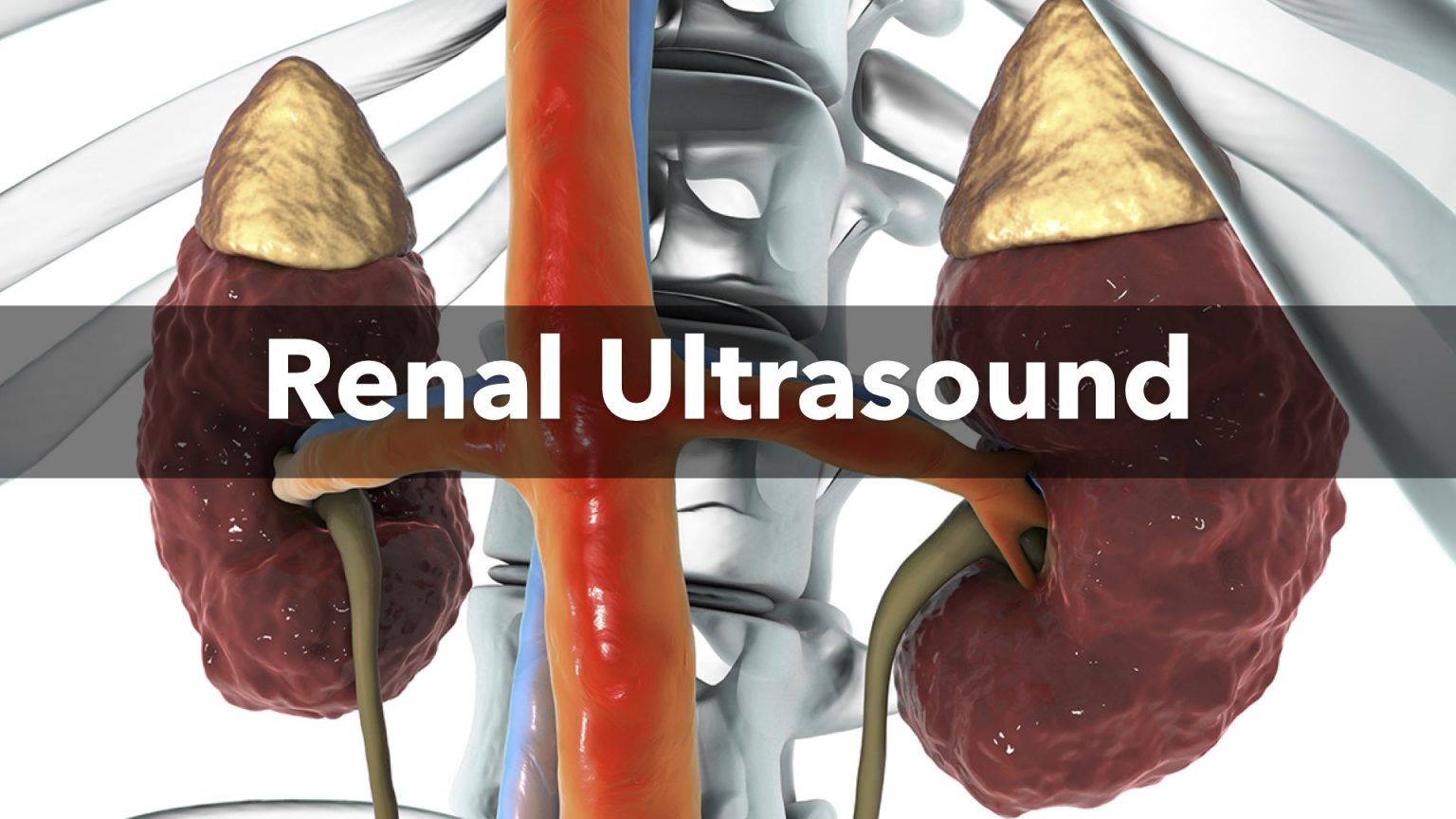
Renal Ultrasound
- Anatomic landmarks
- Probe settings and depth
- Hydronephrosis
- Renal cysts
- Common Pathology
- HANDS ON
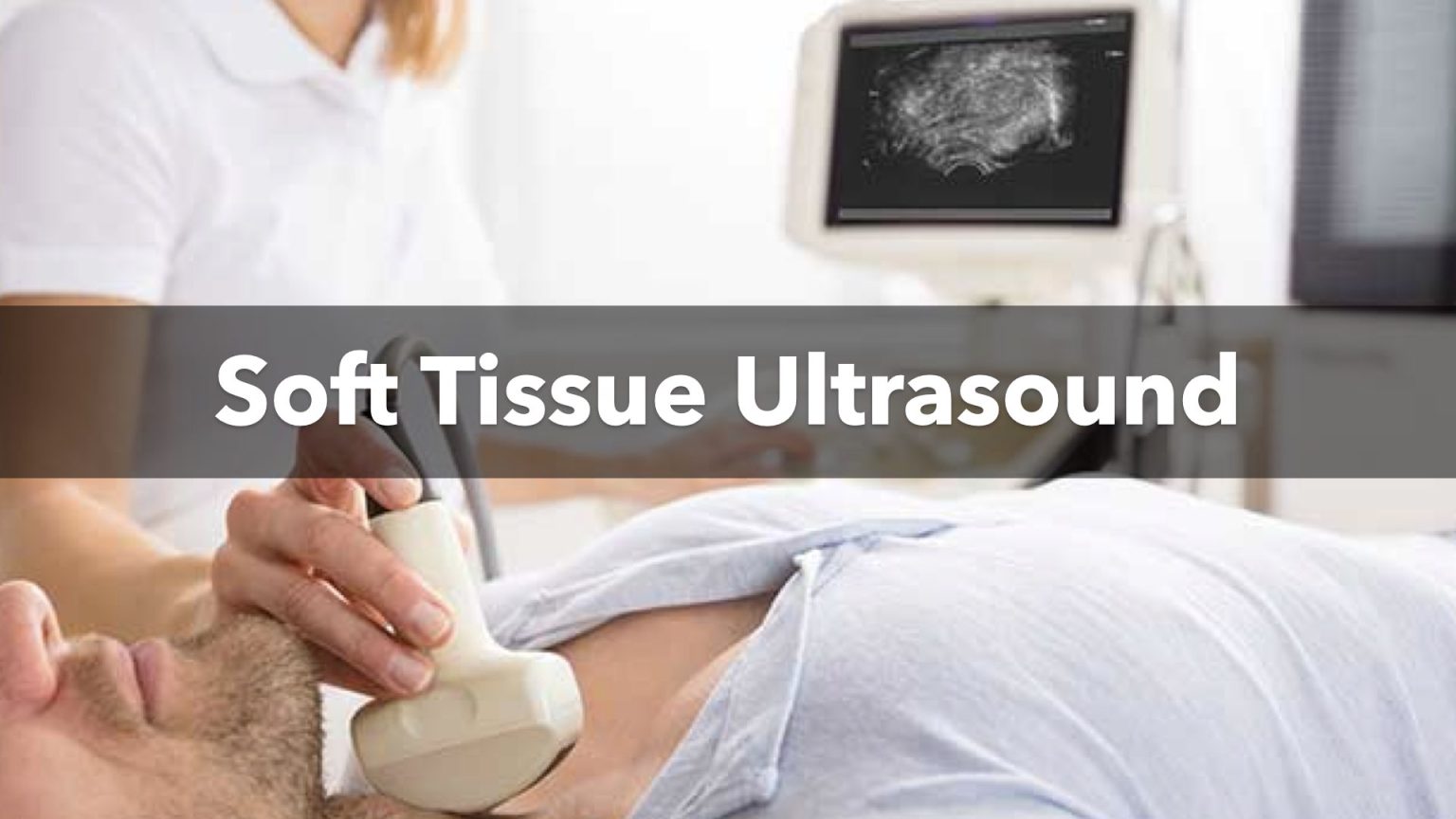
Soft Tissue Ultrasound
- Scanning locations and technique
- Types of foreign bodies that can be seen
- Tricks and tips for visualization
- HANDS ON
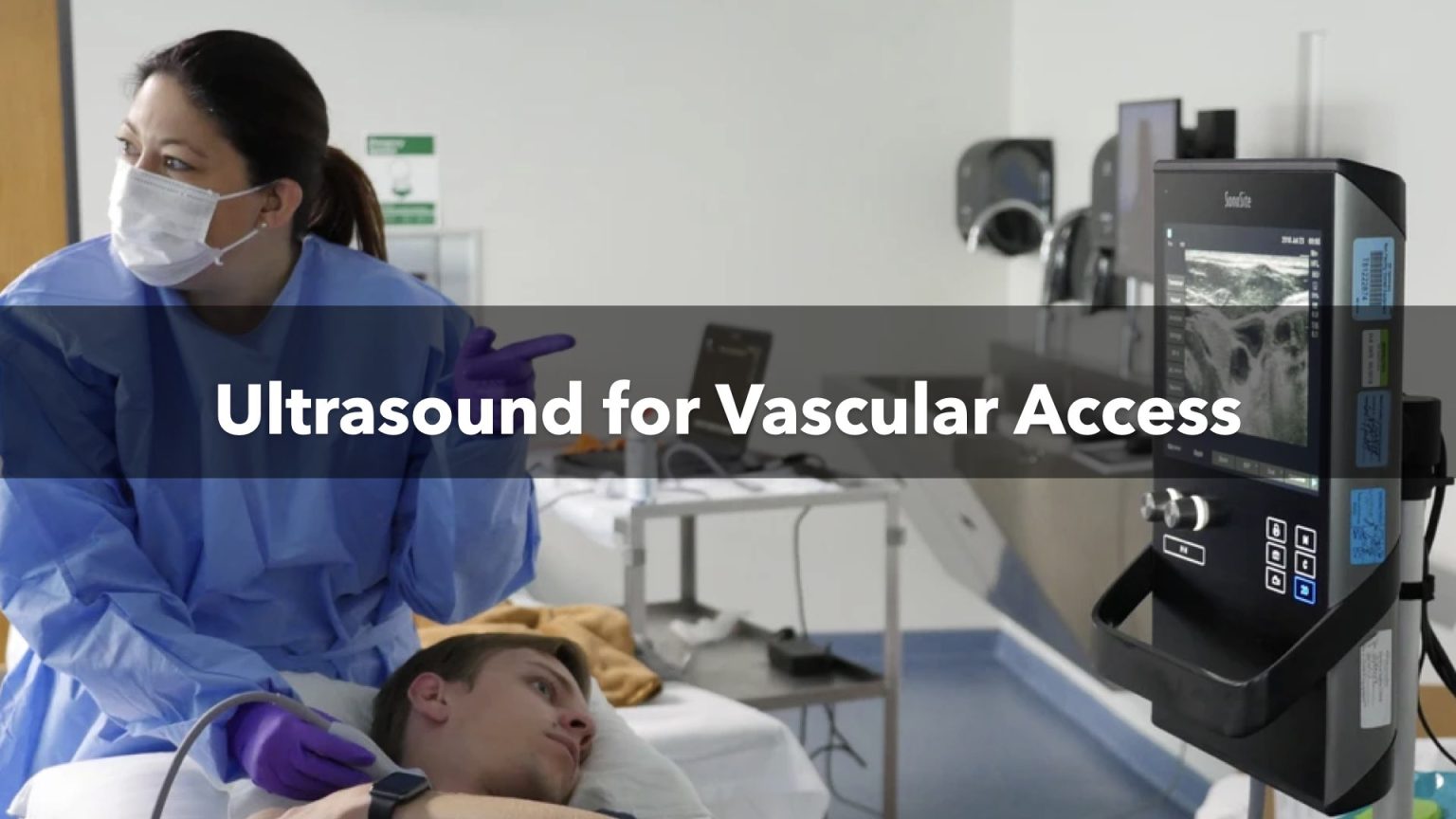
Ultrasound Procedures
- Central line insertion
- Peripheral line insertion
- Thoracetesis
A combination of up-to-date didactics and hands-on training.
This program includes a combination of LIVE and INTERACTIVE didactic sessions and HANDS-ON Procedure training on high quality simulators. Group participation is encouraged and – WE MAKE IT FUN! Procedures tie together concepts and techniques taught in the didactic sessions.
Ultrasound training with Physicians, APPs, and RDMS instructors.
We make It easy for you! Small group and individual skills practice and coaching is included.
Workshop includes all equipment.
All attendees receive hands-on training with wireless hand-held ultrasound devices.
A pocket-sized printed course companion.
A pocket-sized HIGH QUALITY text contains all of the program slides in full color format and normal reference images along with room for taking notes. Enjoy a full year of FREE access to The Clinical Toolkit – a multimedia online reference library for common conditions you should know, along with all of the videos and slides for this program. This subscription will renew annually after your first year, and you can opt out of renewals at any time.
Informal Instruction and Engaging Faculty.
Dress comfortably and leave your anxiety at the door! Our engaging staff are experts at all of our topics and ready to share their experience with you!
About our CME Credits
We are accredited to provide CME credits for nurse practitioners (NP’s), physicians (MD/DO/MBBS/etc), and physician associates (PA’s). CME is interchangeable for up to 37 Nurse Practitioner continuing education (CE) hours, and also includes 22 emergency procedure hours and 4.5 pharmacology hours. Anyone completing our programs may claim CME credits.
Click here to see the Ultrasound + Skills and Procedure AGENDA
Day 1 Morning
8:00 am


Introduction to Ultrasound
- Ultrasound Physics
- Probe functions and types
- Methods of scanning (sliding, rocking, other movements and techniques)
- Probe Settings (depth, “knobology”)
- Hand movements and dexterity

Abdominal Ultrasound
- Aorta (all views, normal anatomy, pathology)
- Biliary Quadrant (gallbladder, stones, techniques)
- Kidney (hydronephrosis, pyelonephritis)
- Trans-abdominal Pelvis
- HANDS ON

Biliary Ultrasound
- Anatomy identification
- Bile duct, gallbladder, liver, and more
- Common pathologic findings
- HANDS ON

DVT Ultrasound
- Application of Duplex imaging
- Lower extremity venous doppler scanning
- Testing compression and flow
- HANDS ON

eFAST Ultrasound
- eFAST exam
- Right upper quadrant imaging
- Left upper quadrant imaging
- Bladder Imaging
- Cardiac Imaging
- Lung Imaging
- HANDS ON

Ocular Ultrasound
- Application of a standoff pad
- Correct technique and normal anatomy
- Lens dislocation and retinal detachment
- HANDS ON
Day 1 Afternoon

Pelvic Ultrasound
- Transabdominal method
- Normal anatomy and locations
- Discussion of abnormal findings

Pulmonary Ultrasound
- Scanning locations and technique
- Probe depth
- Normal and Abnormal Findings
- HANDS ON

Renal Ultrasound
- Anatomic landmarks
- Probe settings and depth
- Hydronephrosis
- Renal cysts
- Common Pathology
- HANDS ON

Soft Tissue Ultrasound
- Scanning locations and technique
- Types of foreign bodies that can be seen
- Tricks and tips for visualization
- HANDS ON

Ultrasound Procedures
- Central line insertion
- Peripheral line insertion
- Thoracetesis
Day 2 Morning
8:00 am


Cardiac Disorders
- Course Introduction
- Cardiac Overview
- EKG Interpretation
- Acute MI (recognition, management)
- Common Dysrhythmias
- Electrolyte Abnormalities and rhythm impacts
- Conduction blocks
- Bundle Branch Blocks
- Application to practice

Pulmonary Disorders
- Pulmonary Overview
- Basic Airway Assessment
- Pneumothorax
- Asthma Management
- COPD Management
- Supplemental Oxygenation
- Wells Criteria
- PERC Rule
- Using D-Dimer
- Pulmonary Embolism
- Treatment of Pulmonary Embolism
Introduction to Radiology – Chest and Abdomen
- Overview of Radiograph Interpretation
- Chest, Shoulder, Clavicle Radiographs
- Systemic Reading Process
- Abnormal Radiographs
- Radiographic Signs of Major Diseases
- Suggested treatment guidelines based on findings
- Radiographic Signs of High Impact Injuries
- Foreign body ingestion, aspiration, and insertion
- Pediatric foreign body aspiration and management

Procedure Overview
- Procedural Overview
- Needle Decompression
- Chest Tube Insertion
- Tracheostomy Replacement
- Shoulder Reduction and Immobilization
- Upper Extremity Joint Aspiration
- Trigger Point Injection
- Nail Trephination
- Nail Removal
- Foreign Body and Fish Hook RemovalIntroduction to Suture Techniques
Day 2 Afternoon
The Suturing Course
- Suture Clinic and Equipment Introduction
- Knot Tying
- Simple Interrupted
- Simple Running
- Mattress
- Subcutaneous/Multiple Layer Closure
- Staples
- Skin Adhesive
- Surgeon’s Knot
- Buried Knot
- Billing and Documentation for Sutures
- Local Injections and Digital Blocks

Procedure Workshop
- Knee Injection and Aspiration
- Shoulder Injection
- Needle Decompression
- Chest Tube Insertion
- Wrap Up by 5pm
Day 3 Morning
8:00 am
Cervical Spine Injuries
- Long Board and Collar Removal
- NEXUS Criteria
- Unstable Fractures
- Mechanisms of Common Fractures
- Immobilization
- Ordering the Correct Studies
- Correct Consult and Referral
Thoracic and Lumbar Spine Injuries
- Spine form and function
- Mechanisms of Injury
- Unstable Fractures
- Mechanisms of Common Fractures
- Cauda Equina Syndrome
- Epidural Abscess
- Ordering the Correct Studies
- Correct Consult and Referral
Upper Extremity Injuries and Radiology
- Speaking Orthopedics
- Common Patterns of Fractures
- Common Dislocation and Reduction Techniques
- Splinting Techniques and Compartment Syndrome
- Clavicle, Shoulder, Humerus, Elbow, Radius. Ulna. Paired fractures, Wrist and Carpal Bones, Hand
- When to Consult Orthopedics
- When to Consider Transfer/EMS
- What to send home
Lower Extremity Injuries and Radiology
- Common Patterns of Fractures
- Common Dislocation and Reduction Techniques
- Splinting Techniques and Compartment Syndrome
- Pelvis, Hip, Femur, Knee, Tibia, Fibula, and Foot
- Amputations
- When to Consult Orthopedics
- When to Consider Transfer/EMS
- What to send home
Day 3 Afternoon

Skin Conditions Not to Miss
- Skin and Soft Tissue Conditions
- Emergent Rash Identification
- Cellulitis
- Abscess Incision and Drainage
- DVT Identification and decision rules
- Burn Care and Referral Criteria
- What Not to Send Home

Procedure Workshop
- Procedure Clinic
- Lumbar Puncture
- Splinting Workshop
- Intraosseous Access
- Central Venous Catheter Insertion
- Wrap up and post-course CME survey by 5pm
A combination of up-to-date didactics and hands-on training.
This program includes a combination of LIVE and INTERACTIVE didactic sessions and HANDS-ON Procedure training on high quality simulators. Group participation is encouraged and – WE MAKE IT FUN! Procedures tie together concepts and techniques taught in the didactic sessions.
Ultrasound training with Physicians, APPs, and RDMS instructors.
We make It easy for you! Small group and individual skills practice and coaching is included.
Workshop includes a suture simulator and all equipment.
All attendees receive a high quality suture simulator (with all instruments and suture materials), tote bag, pen, and full color textbook.
A printed course companion and optional Pocket Guide.
A full-sized HIGH QUALITY text contains all of the program slides in full color format and normal reference images along with room for taking notes. Enjoy a full year of FREE access to The Clinical Toolkit – a multimedia online reference library for common conditions you should know, along with all of the videos and slides for this program. This subscription will renew annually after your first year, and you can opt out of renewals at any time.
Informal Instruction and Engaging Faculty.
Dress comfortably and leave your anxiety at the door! Our engaging staff are experts at all of our topics and ready to share their experience with you!
About our CME Credits
We are accredited to provide CME credits for nurse practitioners (NP’s), physicians (MD/DO/MBBS/etc), and physician associates (PA’s). CME is interchangeable for up to 37 Nurse Practitioner continuing education (CE) hours, and also includes 22 emergency procedure hours and 4.5 pharmacology hours. Anyone completing our programs may claim CME credits.
Here’s What You Get When you Take Our Live Programs
Here’s What You Get When you Take Our Live Programs
Academic education delivered by a team of residency trained and board-certified physicians, Physician Assistants, and Nurse Practitioners
Our team-based approach encourages thoughtful dialogue and discussion with our actively practicing specialists in their fields! learn more about our faculty here.
Fast-Paced, Thorough, and Concise
Morning lectures are well timed and paired with afternoon procedure sessions. At completion, participants will have heard, seen, felt, touched, and fully understand key clinical conditions and their stabilization and management.
Individual Attention in an Interactive Setting
We want you to ask questions! We want you to engage! Everybody learns differently and it is our goal to tap into your inner expert and make you shine. Whether it’s FINALLY clearing up a question you haven’t understood for years, or guiding your hand to master a procedural skill, it is our mission to make you succeed!
Dedicated and focused instruction in a small group format
We don’t go above 30 students, and we staff to a 6:1 ratio for the Skills and Procedure Workshop. Our staff auditions, orients, and also goes through extensive training to give you the best experience possible.
Well timed didactic sessions, frequent breaks, coffee, beverages, and lunch
Our fast pace will keep you engaged, interested, and also keep your mind active.
Approachable Faculty who are able to answer your questions personally
Unlike large conference settings, our programs are kept small to maximize your education and also encourage discussion with our team.
Documentation and Ordering Tips
We take every opportunity to interject risk-protective charting tips, improved coding and billing techniques, and also ways to document in a safer manner to protect your practice.
Continuing Medical Education from the AAPA
This activity has been reviewed by the American Academy of Physician  Associates Review Panel and is compliant with AAPA CME Criteria. This activity is designated for 14 AAPA Category 1 CME credits. PAs should only claim credit commensurate with the extent of their participation. Approval is valid from 5/28/2025 to 5/27/2026. AAPA reference number: CME-2013694.
Associates Review Panel and is compliant with AAPA CME Criteria. This activity is designated for 14 AAPA Category 1 CME credits. PAs should only claim credit commensurate with the extent of their participation. Approval is valid from 5/28/2025 to 5/27/2026. AAPA reference number: CME-2013694.
Continuing Medical Education from the AAFP

The AAFP has reviewed the Physician Skills and Procedures Series, and deemed it acceptable for AAFP credit. Term of approval is from 05/01/2025 to 04/30/2026. Physicians should claim only the credit commensurate with the extent of their participation in the activity.
Physicians, NP’s and PA’s may all claim AAFP credits
These credits are generally interchangeable with every major Nurse Practitioner and Physician Assistant accrediting body, and will also designate additional credits (pharmacology, emergency procedure, etc.) on your certificate. Learn more about our complete credits here.
1 FREE YEAR of access to our Clinical Toolkit and Optional Certification
When you sign up for ANY of our programs, you get access to our Clinical Toolkit for a full year! This massive online resource includes videos, references, current guidelines, and additional online training opportunities. Every live program also includes an optional certification exam which, if passed, will get you a certificate and/or letter of reference for potential employers! You will also have access to our medical blogs with open commentary for members only to share your experiences and ask questions from our community!
PLUS: 1 YEAR FREE ACCESS to all lecture videos from your live program
Live lecture videos are available online and include all slides from every presentation in the workshop.


